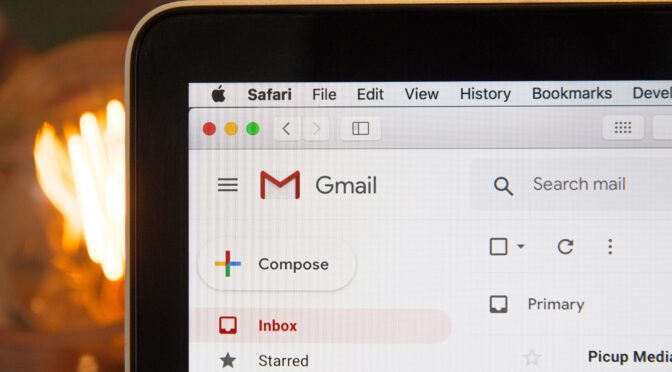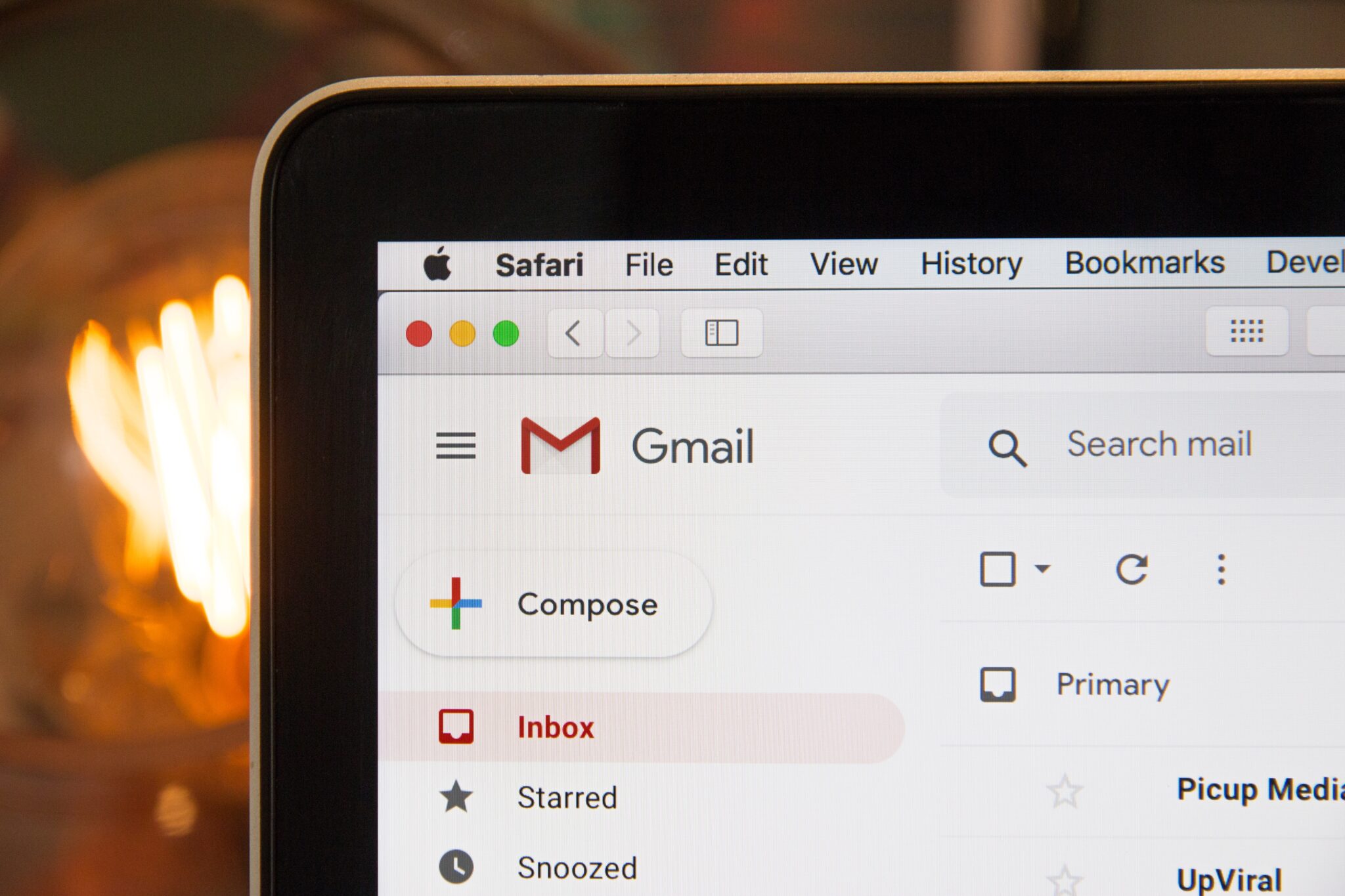Podcast: Play in new window | Download
Subscribe: Apple Podcasts | Email | TuneIn | RSS | More
In the rapidly evolving world of technology, it’s easy to forget the gadgets and gizmos that once dominated our lives. Today, we’ll take a nostalgic trip down memory lane, reminiscing about the tech tools that have faded into the annals of history.
- Floppy Disks and CD-ROMs:
Once, the clunky floppy disks and shimmering CD-ROMs were our only recourse to data storage and transfer. They have now gracefully bowed out, making way for sleek USB drives, capacious external hard drives, and the omnipresent cloud storage that promises accessibility from every corner of the globe. - VHS Tapes and VCRs:
The ritual of rewinding VHS tapes and the magic of VCRs bringing images to life on screen are chapters from a bygone era. They’ve been overshadowed by the crisp clarity of DVDs, Blu-rays, and the instant gratification delivered by streaming services. - Fax Machines:
The whirring and buzzing of fax machines, once music to the ears of office-goers have been replaced by the silent, instantaneous delivery of emails and other digital communication channels. - BlackBerry:
Once the pinnacle of business communication with its iconic QWERTY keyboard, BlackBerry has been overshadowed by the touchscreen revolution led by smartphones that offer an array of features and applications making communication and management seamless.
Once the pinnacle of business communication with its iconic QWERTY keyboard, BlackBerry has been overshadowed by the touchscreen revolution led by smartphones that offer an array of features and applications making communication and management seamless. - The Pager:
The humble pager, a precursor to the mobile revolution, once clipped to belts, has quietly retreated to the shadows as smartphones dominate the communication landscape with various features unimaginable back in the day. - Film Cameras:
The instant gratification of digital photography has replaced the thrill of loading film and the patience of development. Though a niche of enthusiasts still cherishes the craft of film photography, digital cameras and smartphones have become our lenses to the world. - CRT Monitors:
The bulky CRT monitors that once occupied desks were replaced by sleek LCD and LED monitors, marking a significant leap in aesthetics and technology. - Cassette Tapes and Players:
The tactile joy of flipping a cassette tape is a forgotten pleasure. Digital audio and streaming services have ensnared the auditory senses with a promise of endless playlists. - Typewriters:
The rhythmic clacking of typewriter keys is a sound from a bygone era, replaced by the soft tapping on modern-day keyboards as computers and word-processing software took over. - Rotary Phones:
The nostalgic spin of the rotary dial has been replaced by the swift taps on touch-tone and mobile phones, making communication faster and smoother. - The Evolution of Industrial Automation:
Beyond personal gadgets, industrial technology has also undergone dramatic transformations. Take, for example, the servo convertidor, an essential component in early automation systems that controlled motor speed with precision.Once a staple in manufacturing plants, these devices have gradually been replaced by more advanced digital controllers and AI-driven automation. The seamless efficiency of modern robotics and smart technology has streamlined production like never before, leaving behind the once-revolutionary servo convertidor as a relic of industrial progress.
Each piece of outdated technology carries with it stories and memories that shaped the era they belonged to. As we embrace the new, it’s a sweet reminiscence to look back at the tech relics that paved the path for today’s digital wonderland.
You can also listen in to my chat with Steve Ladner on BBC Radio Kent by clicking on the play button at the top of the post



